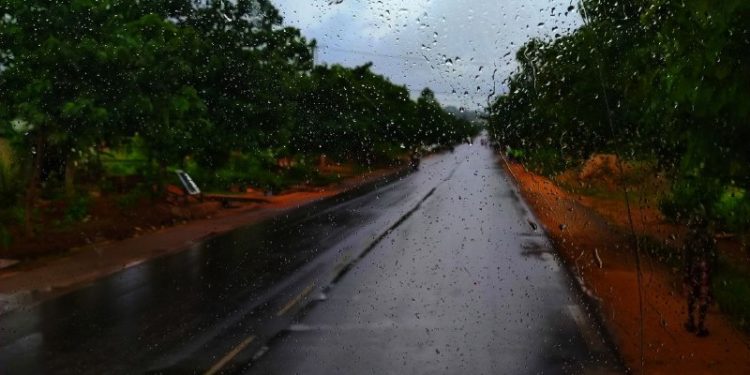A comprehensive forecast has been issued by the National Observatory on Climate Change (NOCC), which highlights significant health, environmental, and infrastructural risks for the upcoming dekad, spanning from June 1 to June 10, 2024. The report, Bulletin Number 190, highlights pressing issues in a range of sectors such as health, agriculture, water and energy, urban planning, and public security.
According to the NOCC, there is a higher likelihood of respiratory diseases in the southern regions as a result of the elevated humidity levels. In addition, the increase in breeding grounds for malaria mosquitoes is a significant concern. In the Sudano-Sahelian zone, certain groups of people, such as the elderly, pregnant women, and individuals with pre-existing conditions like diabetes and hypertension, are likely to experience thermal discomfort. The report also highlights the potential increase in water-borne diarrheal diseases, specifically cholera, in coastal areas, including major cities like Douala, Yaounde, Kribi, and Bafoussam.
According to the forecast by the NOCC, there are high risks of heavy rains, violent winds, and hailstones in the Guinea High Savannah zone. This could potentially result in flooding in major cities such as Kribi, Kumbo, Limbe, Dschang, and Bamenda. The Sudano-Sahelian zone is at risk of experiencing severe winds and lightning, posing a potential danger to homes and public buildings. Severe weather conditions can be a major threat to electricity infrastructure in various areas.
For farmers in the agriculture and livestock sectors, it is highly recommended to closely follow the agricultural calendar provided by the Observatory. This will help mitigate the potential risks caused by unpredictable weather conditions. The livestock sector in the Far North faces significant challenges with heat stress, water scarcity, and the added risk of lightning strikes in the Sudano-Sahelian zone, which could further endanger animals.
The report also brings attention to the possibility of conflicts arising from water resources and grazing land in the Far North, which are further intensified by climate stresses. In urban areas, the phenomenon of “heat islands” can lead to discomfort among vulnerable populations, while densely populated cities face a significant risk of infrastructure damage from storms.
To address these potential risks, the NOCC has provided a set of recommendations. These include the regular use of nose plugs, staying hydrated, ensuring proper ventilation, and following good hygiene practices. It is recommended to regularly sample and treat water, as well as use simple purification techniques at home. It is strongly advised for people to steer clear of flooded areas during heavy rains and to avoid trees and electrical infrastructure during thunderstorms.
The importance of these precautions from the National Observatory to safeguard public health, infrastructure, and overall community well-being in the face of these predicted climatic challenges cannot be overstated.



